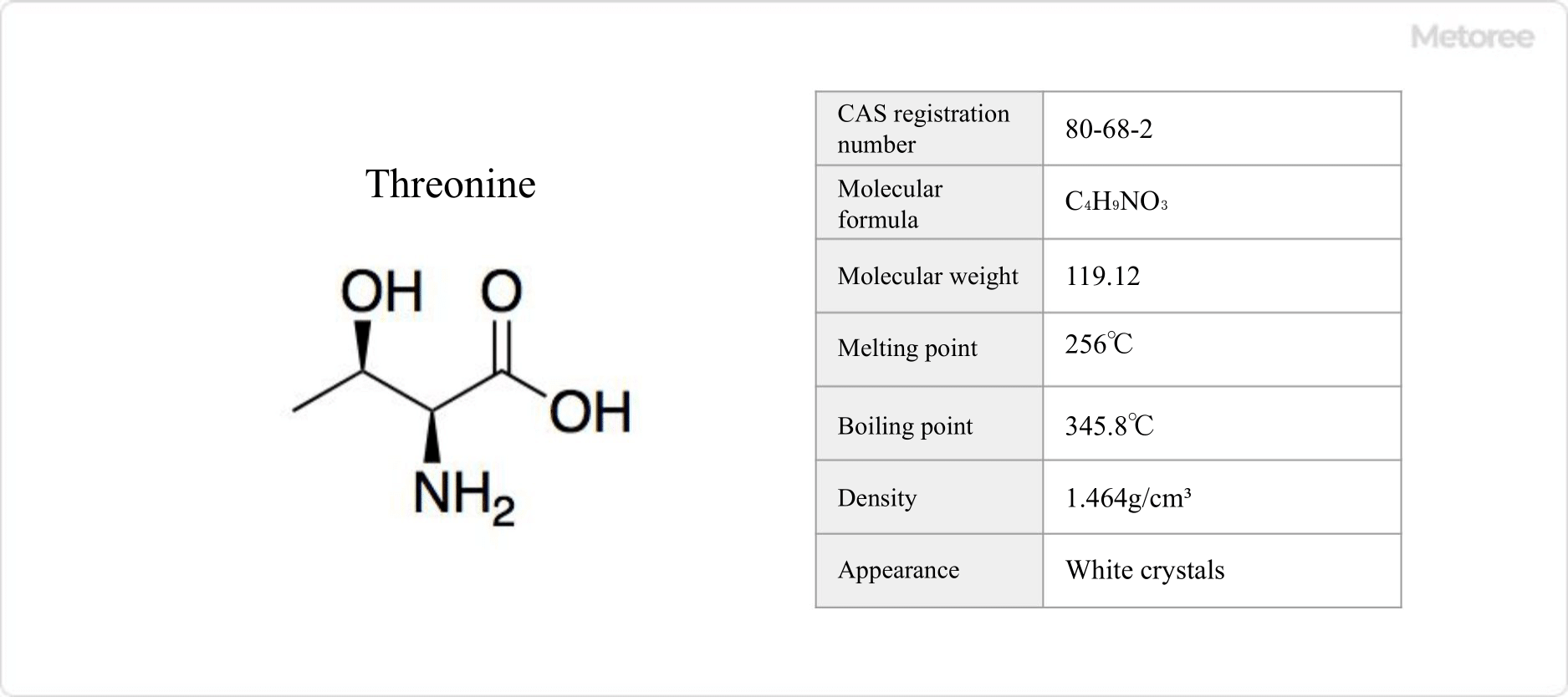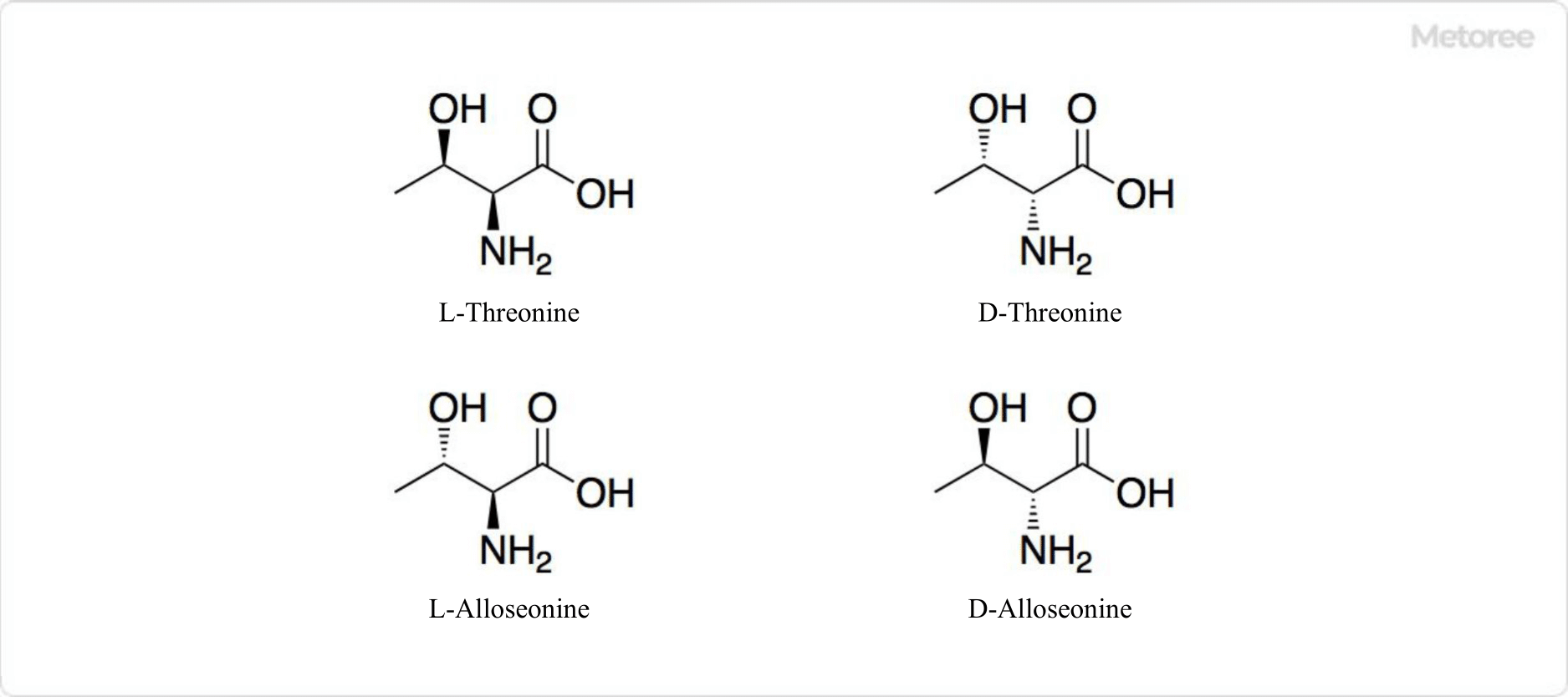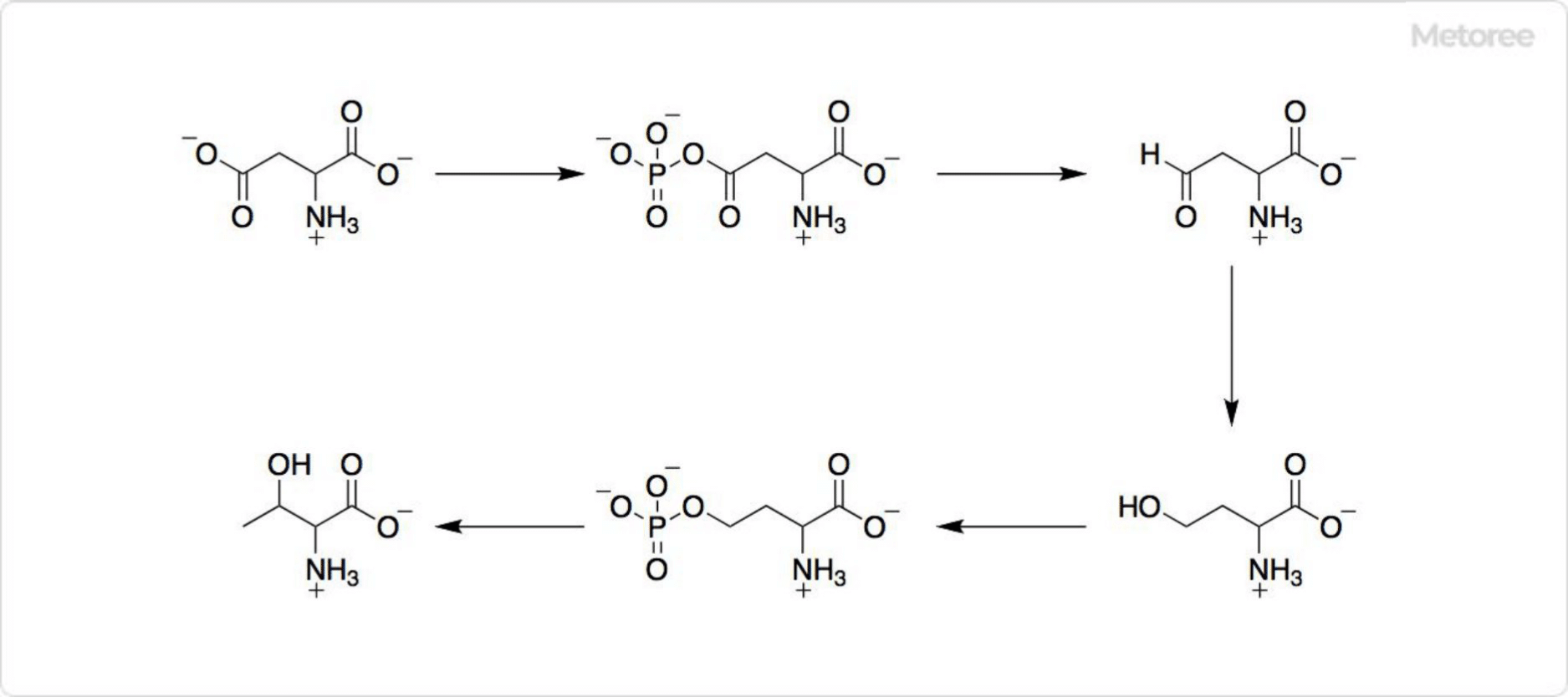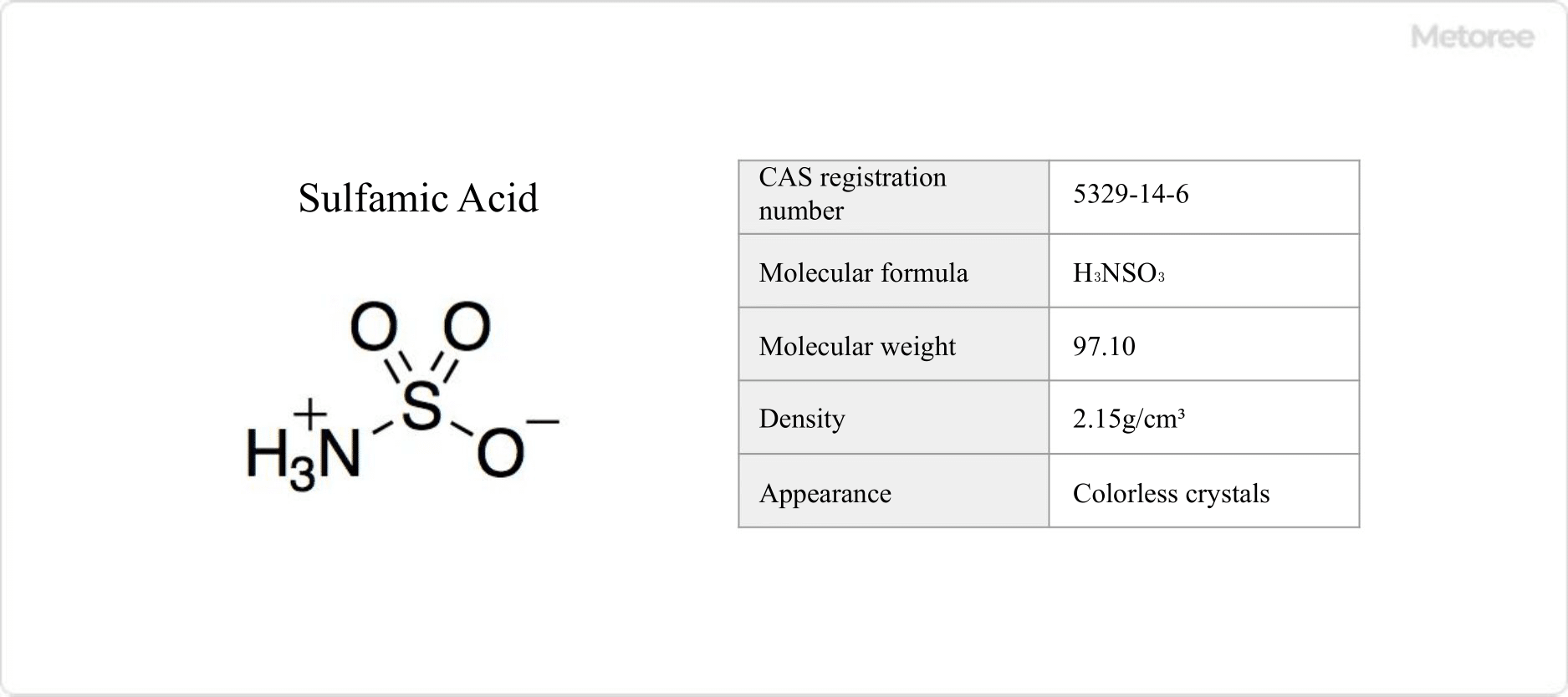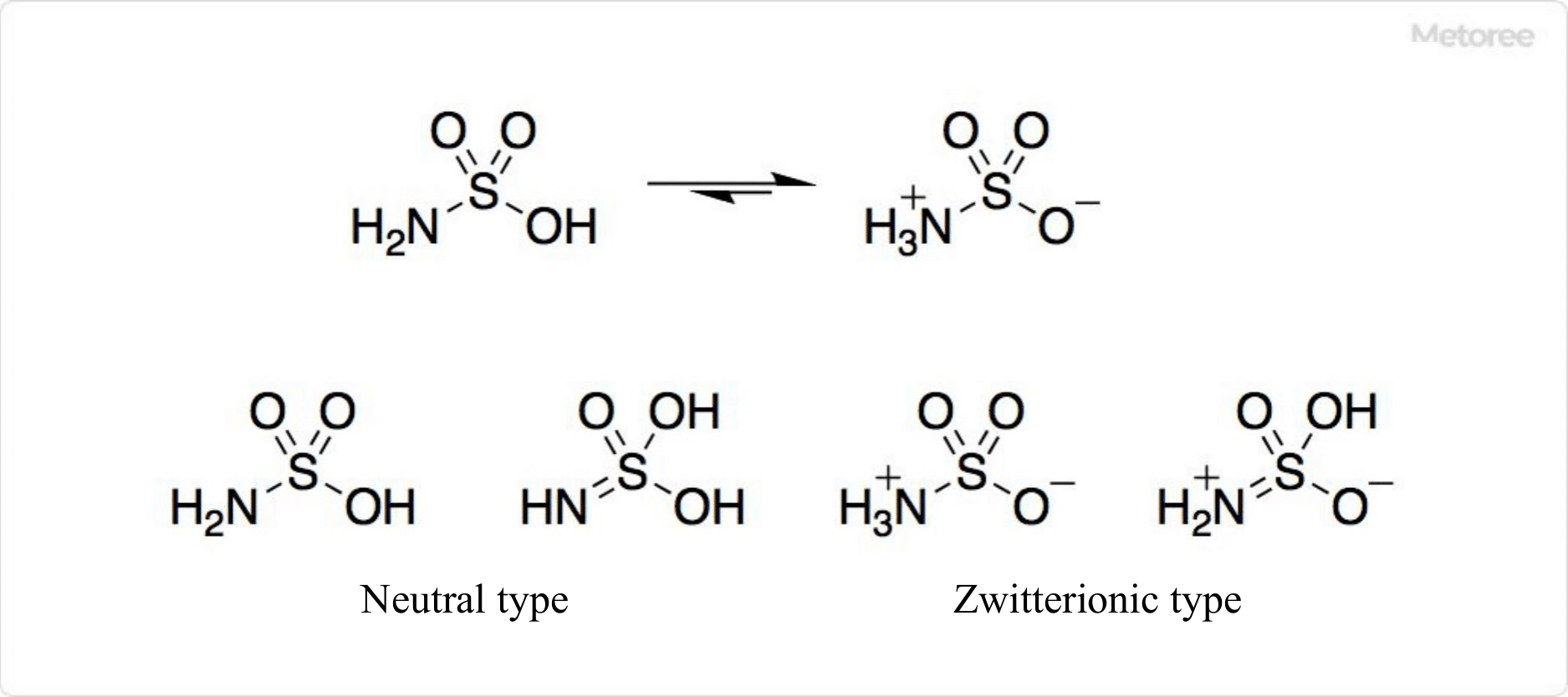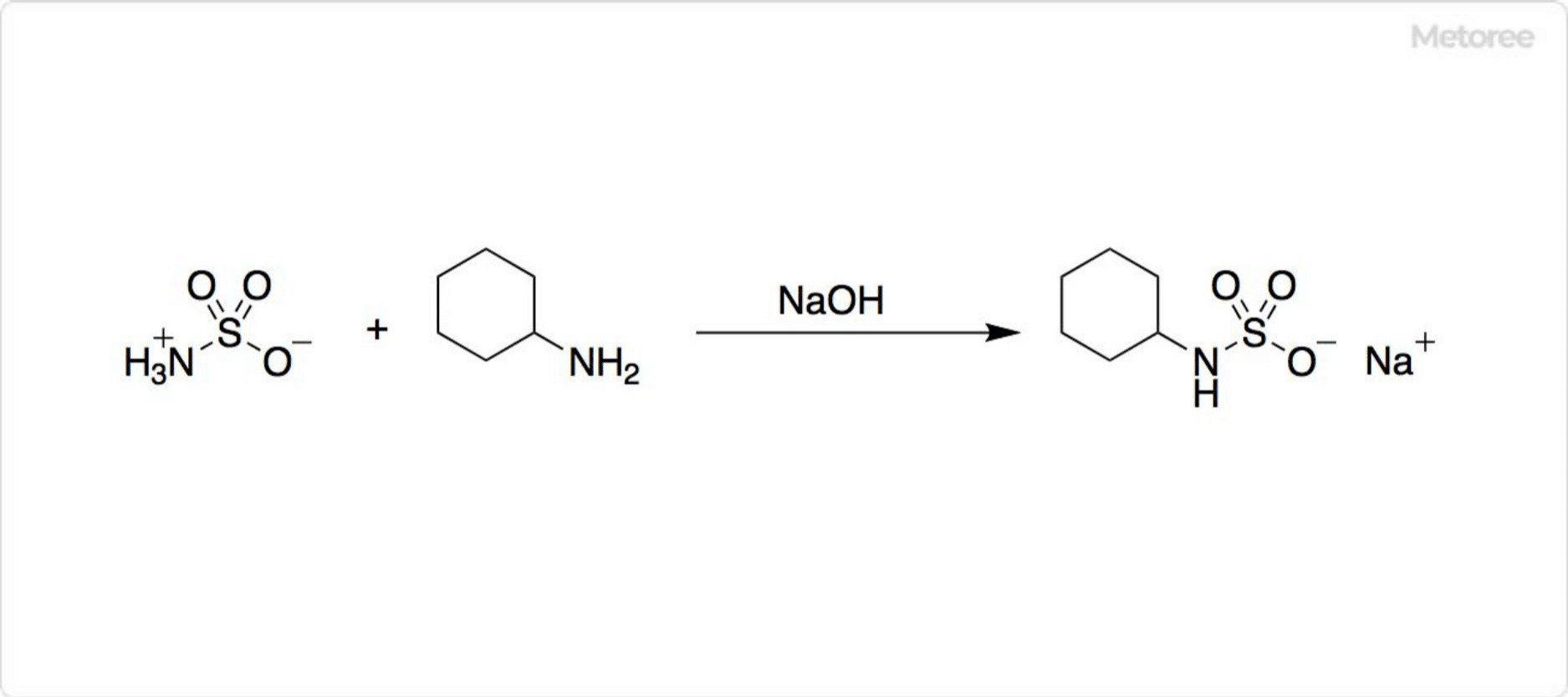What Is a Jet Heater?
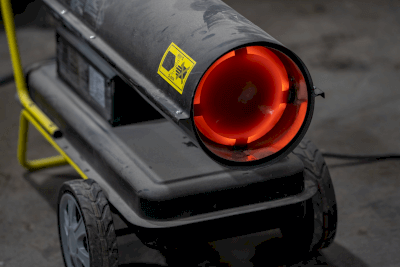
Jet heaters, particularly used in commercial settings, warm large areas like warehouses and factories using kerosene as fuel. The air, heated by combustion, is circulated by a large fan to efficiently heat the space.
Although these heaters can deliver warm air over long distances, caution is advised due to the high temperatures they can reach, which pose burn risks. It’s also crucial to keep hazardous or flammable materials away to prevent explosions.
Uses of Jet Heaters
Jet heaters are utilized in various large spaces, including school gymnasiums, logistics warehouses, factories, and event venues. The direct-fired types, which blow heat from the burner directly with a fan, are particularly effective for drying applications, such as paint drying or concrete curing at construction sites.
They are also employed for heating in plastic greenhouses and drying food, making them versatile for numerous fields.
Principle of Jet Heaters
Jet heaters are primarily categorized into three types:
1. Infrared Type
Known as “bright heaters,” these provide spot heating similar to residential heaters, offering quiet operation ideal for school events and venues.
2. Hot-Air Open-Flame Type
This method uses a burner to generate hot air, which is then blown by a fan, effectively heating and drying spaces. It’s highly suitable for construction site applications.
3. Hot-Air Indirect Type
The heat from the burner is split into clean hot air and combustion gas via a heat exchanger, with only the clean air being circulated. This method, venting combustion gases externally, is perfect for food drying, heating greenhouses, and temporary tents.
Types of Jet Heaters
Jet heaters come in ducted and bright models:
1. Duct Type
Ideal for drying food, paint, and concrete, or thawing frozen areas. Available in direct-fired and indirect types, allowing for selection based on specific needs.
The direct-fired type is powerful, and ideal for quick drying at construction sites, while the indirect type, suitable for environments where cleanliness is paramount, is used in greenhouses and food drying.
2. Bright Type
Using infrared rays, this type efficiently heats large indoor or outdoor spaces, beneficial for events and gymnasium gatherings. Its widespread heating capability ensures even remote areas are warmed.
How to Choose Jet Heaters
Selection criteria include:
1. Size
Consider the heater’s capacity and size relative to the intended area of use.
2. Fuel Consumption
Check the fuel consumption rate (L/h) to assess efficiency and operating costs.
3. Quietness
For events requiring low noise, select a model with reduced operational sound, typically measured in decibels (dB).
4. Output Adjustment
Adjustable heat output ensures comfort and fuel efficiency.
5. Safety Function
Opt for heaters with safety features, such as automatic shut-off, to prevent accidents in sensitive environments like schools.
